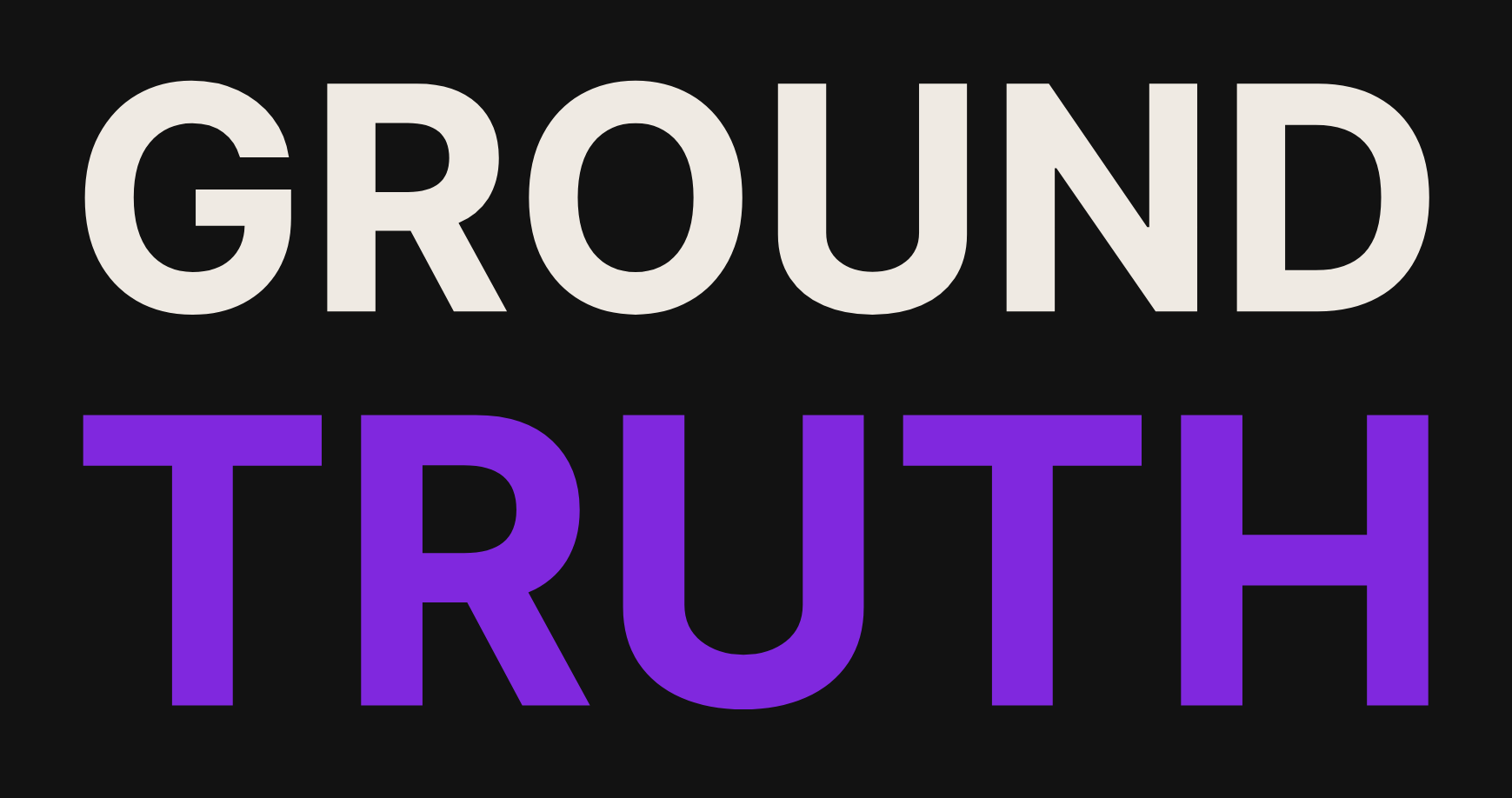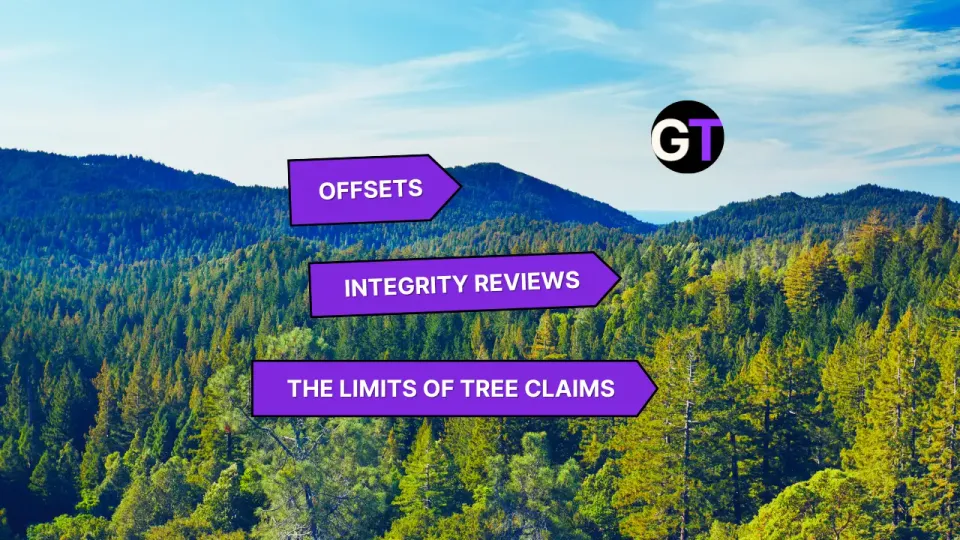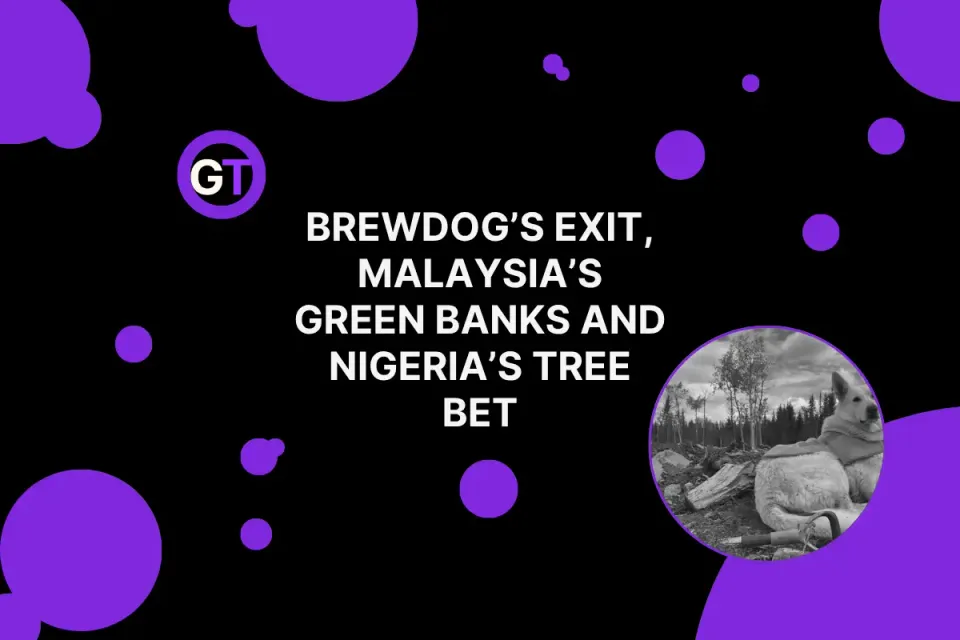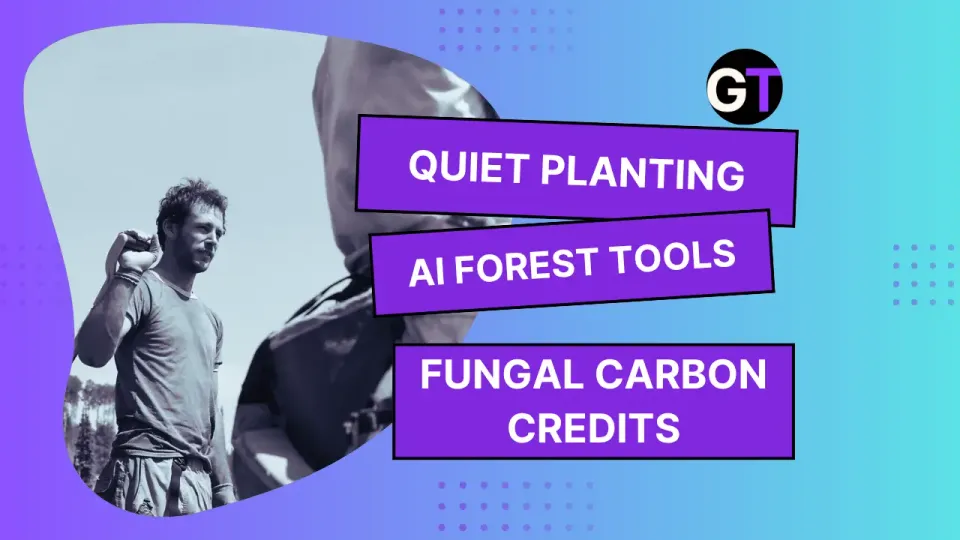Restoring Brazil's Atlantic Forest: Inside Natureza Bela's Work
We interviewed a Brazilian tree-planting NGO to learn more about how trees are planted in the Atlantic Forest.
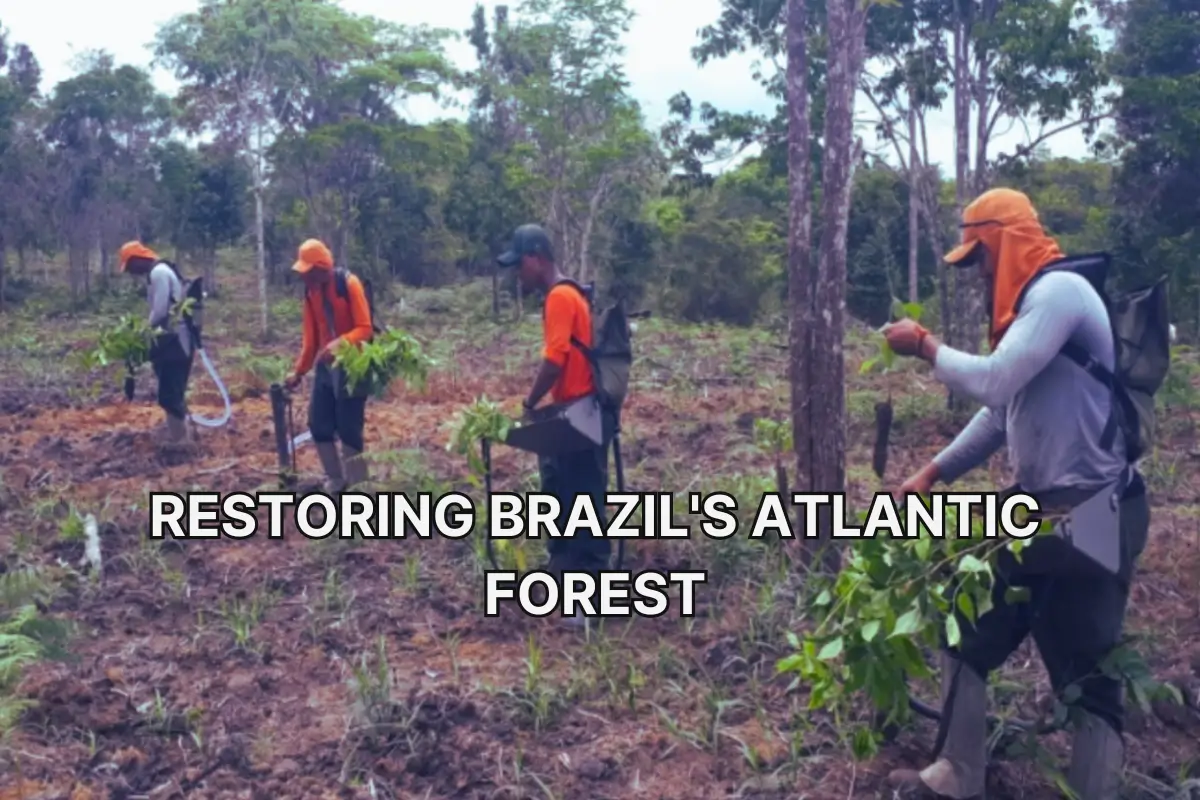
Introduction
The Atlantic Forest, one of the most biodiverse ecosystems in the world, has faced significant deforestation over the past century, with only a fraction of its original cover remaining. Restoration efforts in the region are critical, not only for preserving its rich biodiversity but also for supporting local communities and combating climate change.
Organizations working in the area focus on replanting native species, restoring ecological corridors, and addressing challenges like invasive species and habitat fragmentation.
We spoke with Natureza Bela, a Brazilian NGO focused on reforestation in the Atlantic Forest. They work with local subcontractors to plant and maintain trees, using a combination of manual and mechanized methods. The organization produces over 200 native species annually in its nurseries and reports high survival rates, monitored through regular in-person assessments.
While experimenting with drone planting for challenging areas, their primary focus remains on community-driven restoration, involving rural and Indigenous workers in seed collection and ecological projects.
Tree Planters
Are your workers generally volunteers, subcontractors, or employees of your organization?
First, it's important to highlight that we are a non-governmental organization, so we do not operate in the same manner as a reforestation company. In response to your question, we work with subcontractors who are typically rural individuals from areas near where forest restoration activities take place. These workers are trained, equipped with PPE (personal protective equipment), tools, and hired for the local execution of the restoration work.
Are the planters paid by the hour or per tree?
They are paid monthly (in compliance with Brazilian labor laws, with life insurance and other benefits).
Could you explain what kind of tools the planters use? I found this photo of tree planting in Brazil. What is the name of the device you use to plant the trees? The thing you use to carry the seedlings?
We use exactly the same manual planter as in the photo, which we call a "manual planter," and it is quite practical and versatile for field activities. The Natureza Bela Group has made adaptations to the planter to also apply fertilizers and hydrogel. The seedlings are carried in trays, as seen in the photo.
Who invented these tools, and how did they become popular in Brazilian planting?
I don’t know.
Have you considered using the bag and shovel technique used in Canada (shown here)?
Yes, the bags, but the planting with this type of shovel is not known to us!
Are the workers always following the machine that prepares the land, as shown in the Bloomberg article?
Usually, if the area is mechanized, we create furrows beforehand and plant in the furrow made by the tractor. In steep areas, we simply dig with articulated diggers first and then plant.
What species are normally planted?
In the Atlantic Forest where we operate, we have more than 200 different species in our seedling production stock (annually), depending on the seeding and production.
What is a typical day like for a tree planter in Brazil?
There is no "standard model." The planter in the field may be linked to planting seedlings (on rainy, cool days, for example), or working on actions like clearing exotic grasses (on hot days), controlling ants, or fertilization. Planning is done weekly based on the demands. In our region, we still do not experience problems with lack of rain, and the region is a hub of forest restoration (including with a carbon generation focus).
Are helicopters widely used in Brazilian planting?
No. Drone planting
Have you used drones?
No, but we are involved in a pilot project in partnership with MORFO, using drones.
Do you think the success rate is higher with drones than with manual planting, or do you use drones to reach hard-to-access areas? Or is it a matter of drones being more economical?
For hard-to-access areas, drones are more interesting, for mechanized areas, less so... We are still evaluating the cost-benefit analysis. There are advantages and disadvantages tied to each practice; lower installation costs, but higher maintenance costs after planting due to competition with exotic grasses.
How do you decide when to use drones for your tree planting operations instead of human planters?
For hard-to-access areas.
Is there any publication about the success of drone planting, or is it based on internal data?
We are still studying and finalizing the cost-benefit analysis.
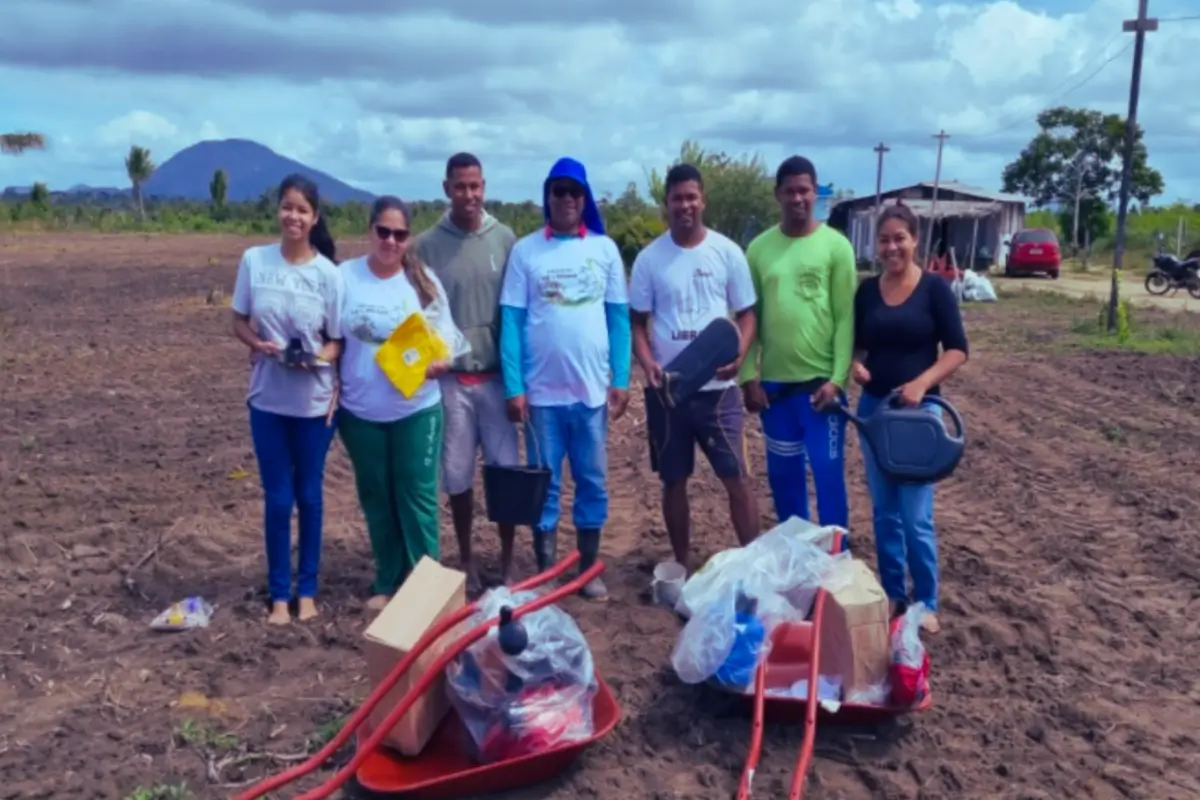
Transparency and Open Data
I recently enjoyed hearing the webinar organized by MORFO, where Pascal discusses what makes a high-quality project with representatives from Restor.Eco and Terrformation. At Ground Truth, we care a lot about data. Part of our mission is to emphasize the connection between quality and openness. Has MORFO considered releasing their projects on open data platforms like Restor or a similar one like Open Forests? If not, I’m interested in how you see the potential role of open data in promoting trust in project quality and improving coordination in the restoration industry.
We are in partnership on a planting experiment with MORFO, but we don’t have permission to disclose the data yet, as it is still being collected and analyzed. We also have information available on the RESTOR platform.
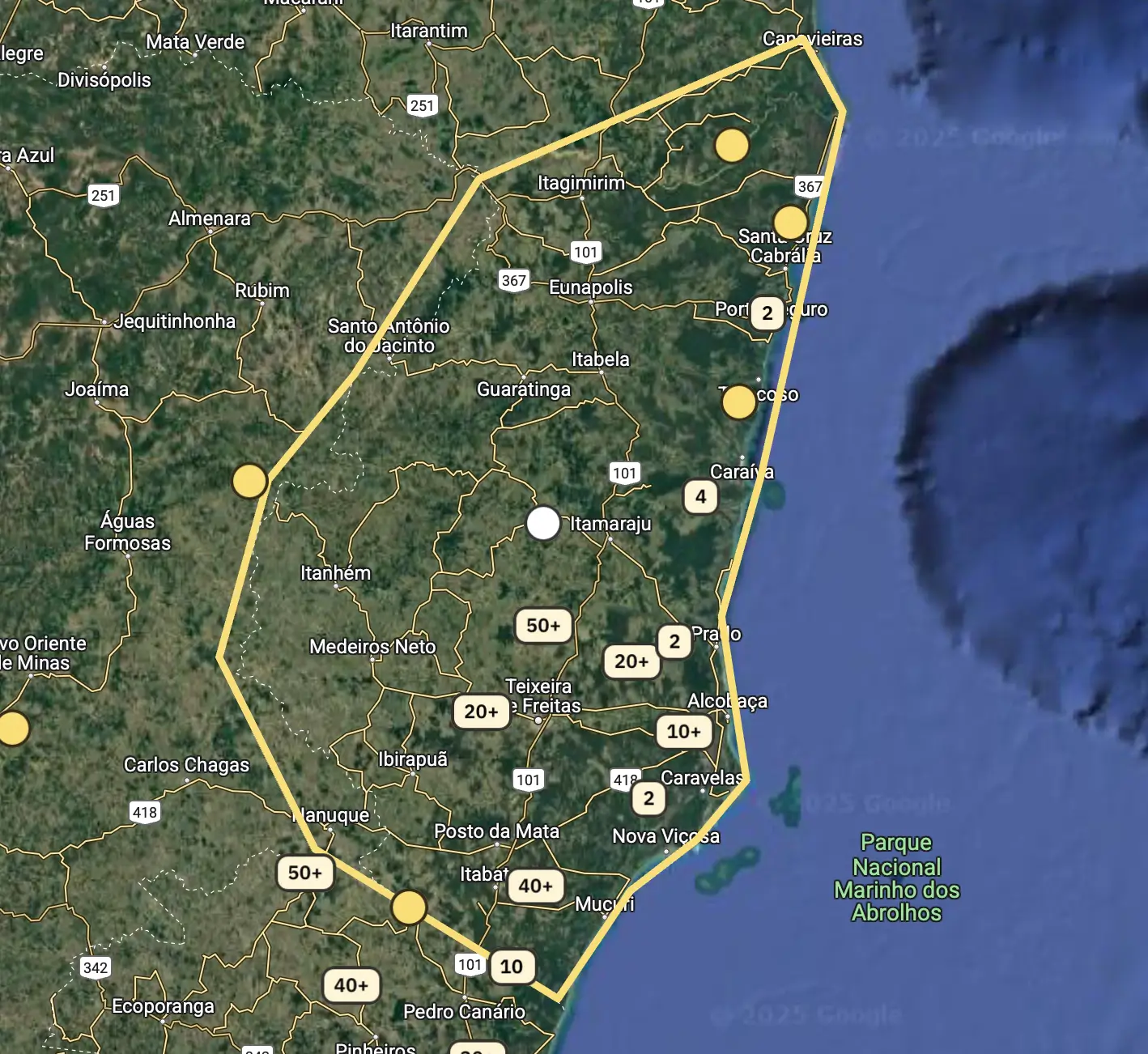
Are there any open data sources where people from Canada and the United States can learn more about forests and tree planting in Brazil?
Yes, the Atlantic Forest Restoration Pact and the Atlantic Forest NGO Network, in addition to public channels like Embrapa, the Brazilian Forest Service, and UNESP.
General Questions
Where do you get your trees from? That is, which nurseries do you work with?
The Natureza Bela Environmental Group has 6 of its own forest nurseries, where we produce approximately 700,000 seedlings annually. The seed collectors are generally people from rural communities who are trained (either by us or already have forestry experience) to be hired for restoration activities in the field.
Is your organization involved in any other part of the tree planting supply chain, such as seed collection?
Yes, we operate from seed collection to tree planting and the formation of ecological corridors, mobilizing rural communities (including indigenous ones) and analyzing properties (geo) and territories (landscape).
How is the quality and survival rate of tree planting projects measured in Brazil? Is it mainly satellite data or in-person surveys? If it's the latter, what techniques are used?
The effectiveness of the plantings conducted by the Natureza Bela Group is close to 95% survival after the first year. As a rule, measurement is done in person through visual monitoring every 3 months (on average). We register georeferenced photos. Some projects are conducted with Lidar® image analysis and satellite monitoring.
Overall Transparency Score
Natureza Bela has shared a significant amount of information about its reforestation efforts, offering valuable insights for those interested in restoration work in Brazil. To their credit:
✅ They provide transparency into their methodologies, including manual and mechanized planting, as well as an experimental drone project.
✅ They prioritize the use of native species, sourcing a diverse range of locally adapted trees for their projects.
✅ They provide a clear, quantifiable figure on the number of trees they produce each year.
However, there are areas where greater transparency could strengthen their impact. Key improvements we’d like to see include:
💡 More precise site mapping – The polygon provided on Restor.Eco outlines a broad operating area, but it does not specify where individual trees are planted. Many organizations in Brazil disclose detailed project locations, and providing this level of transparency would not appear to be an undue burden for Natureza Bela/MORFO.
💡 Species composition data – While it’s evident that a diverse range of native species is used, a detailed breakdown of what trees are planted on each project would be be highly valuable. This kind of disclosure can support academic studies, such as those we have previously profiled on Ground Truth.
💡 Detailed survival rate reporting – It’s encouraging to see survival rate figures included, but making raw data from survey plots publicly available—along with clear methodology—would enhance credibility. Indian afforestation initiatives, for example, provide this level of transparency. Natureza Bela could also share multi-year survival rates to show long-term impact.
Conclusion
Natureza Bela’s commitment to reforestation is commendable, particularly in its focus on native species and clear production metrics. Their transparency in methodology provides a strong foundation, but increasing access to detailed data on planting locations, species composition, and tree survival rates would further strengthen their credibility.
Expanding transparency in these areas wouldn’t just benefit their reputation—it would also provide valuable insights for researchers and policymakers aiming to refine restoration strategies. By adopting best practices such as precise site mapping and publicly available survival data, Natureza Bela has the opportunity to become a leader in reforestation transparency in Brazil.
Edited by Chris Harris

This work is licensed under a
Creative Commons Attribution 4.0 International License.
